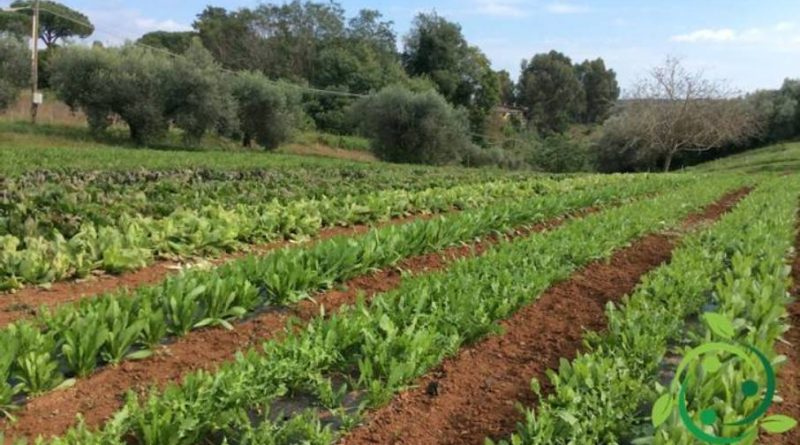How to make the rotation and why
How to make the rotation and why
The crop rotation (or crop rotation) is a technique adopted in agriculture with the aim of changing over time the cultivation of the species in the same plot to improve or maintain the fertility of the soil and ensure, under equal conditions, a higher yield. This technique becomes even more important when we want to grow an organic vegetable garden so as not to resort to pesticides and chemical fertilizers.
Without going into the specific biochemical mechanisms linked to this technique, the advantages we obtain by implementing it are essentially of three types:
- improve soil fertility as each plant has its own specific nutrient requirement;
balance the populations of insects and parasites that will no longer find a single guest but “will suffer” the food conditioning related to the availability of the plants present. This will require less phytosanitary control; - each plant emits exudates which, with the passage of time, provoke (if no rotation is performed) the phenomenon of so-called fatigue.
To obtain a good rotation, therefore, think of a cycle of 4-5 years in which to make the following species happen and to annotate it from year to year and if you want the same vegetables or produce every year prepare 4-5 parcels of land how many are the years of rotation. The other criterion to take into account is to make plants of different families on the same plot (for example, do not follow tomatoes to potatoes). Another criterion is that of rotation for vegetable tipolgie (from leaf, root, flower, fruit); in this way the removal of nutritive elements will be different and we could always maintain a better fertility. Finally, the importance of inclusion in the rotation of legumes for their ability to fix atmospheric nitrogen and therefore avoid (which should be banned from all manuals of good agro ecology) the contribution of nitrogen of a chemical nature. If we want to improve the fertility and balance of your micro-ecosystem, we can also use some associations between vegetables that benefit from it.
A typical example of crop rotation could start with a legume (for example peas or beans that are legumes), to enrich the soil, then inserting a demanding plant that exploits its fertility (such as peppers or zucchini) to which it follows a couple of unexciting vegetable cycles such as lettuce, onion or carrots. At this point you can start over with a legume.
Finally, do not disdain a year of rest (which gives back chemical and biochemical strength to the ground) that can be total or for the destination of the free range chickens of a small henhouse.

